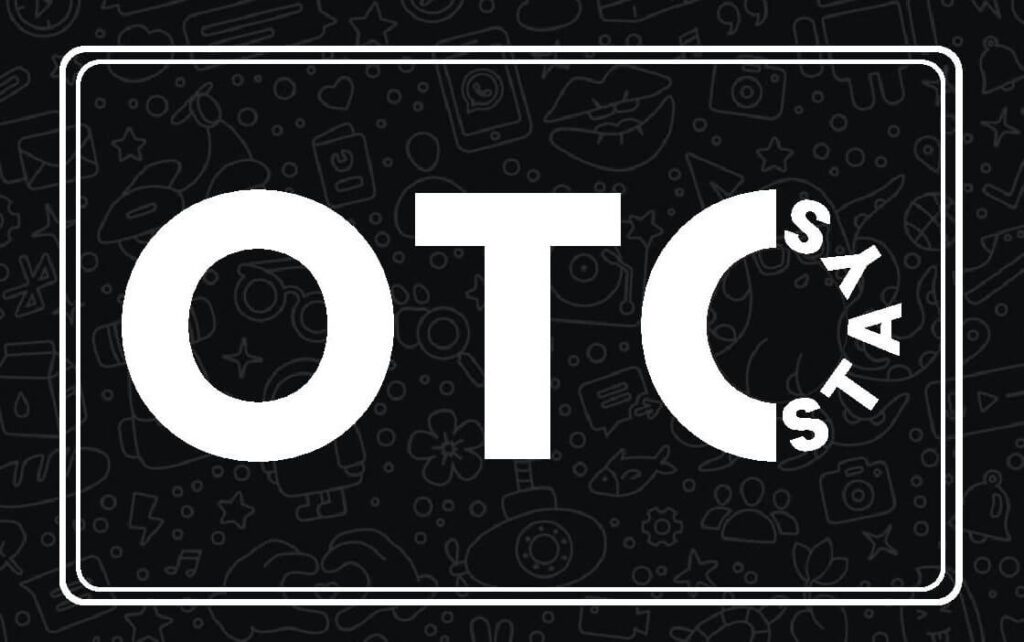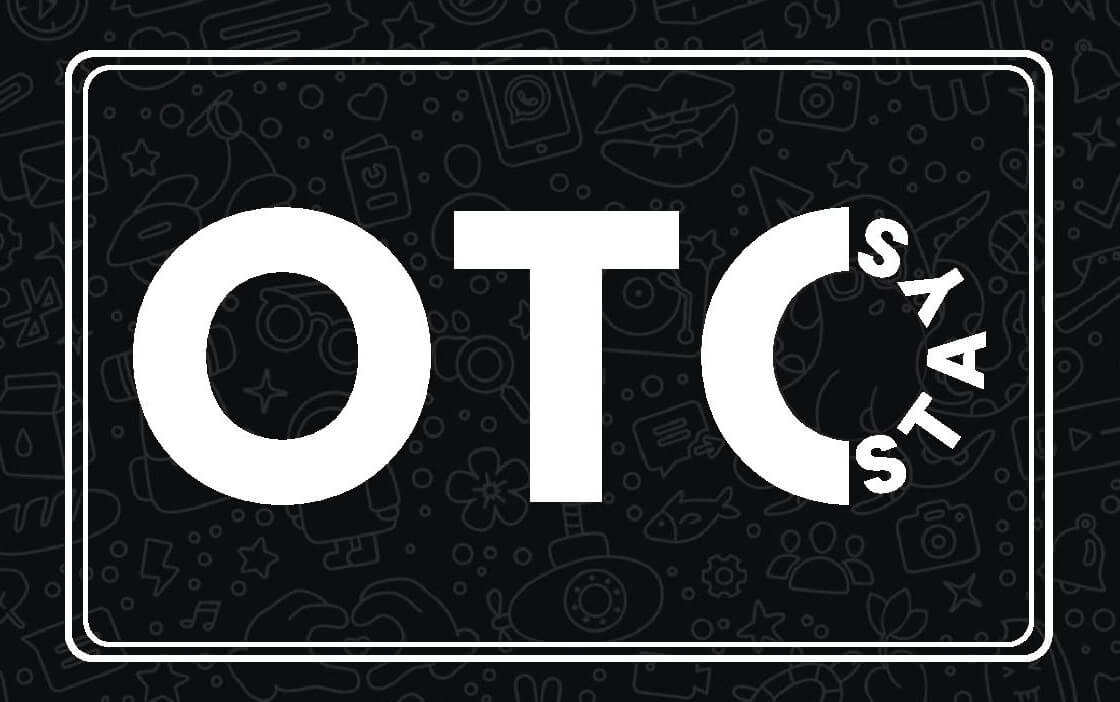
The No. Question That Everyone In Titration Service Must Know How To Answer
The Importance of a Titration Service
Titration is an established and reliable method titration of analysis. The titrant is then added to the sample and the reaction is measured. This is done with the titrator device that includes an engine burette.
Medical professionals use medication dosage to determine the most appropriate dosage for each patient that has the least amount of adverse consequences. They work closely with the patient to determine their symptoms and perform regular checks.
Medicines
Inadequate medication titration could cause poor treatment results and ongoing symptoms that compromise the wellbeing of patients. By monitoring patients regularly and adjusting dosages as required healthcare professionals can ensure the medication is customized to the specific needs of each patient. This approach to individualization helps improve outcomes of treatment and minimize adverse effects, enhancing the overall quality of life for patients.
It is a difficult and time-consuming process that requires constant monitoring and adjustments. It involves assessing various aspects such as the patient’s age, weight, and overall health status and their medical conditions and allergies. Healthcare professionals also look at the medications and the way they interact with each with each other. This thorough analysis allows them to determine the initial dosage and then modify it until it is appropriate for the patient.
The medication titration is a collaborative procedure that involves doctors, nurses, pharmacists and pharmacists. Each of these professionals play an essential part in the success or failure of the process. Doctors are accountable for prescribing the initial dosage and conducting regular evaluations to monitor the patient’s response to the drug. They also take into consideration any underlying medical conditions that might influence the titration process, along with lifestyle factors and preferences of the patient.
The pharmacist is an essential element of the medication titration since they can provide valuable information about adverse effects and interactions with drugs. They are also able to recommend dosage adjustments based on their experience as a professional and the latest research in medical science. Additionally, pharmacists need to provide patients with information on the proper administration of medication.
Nursing is a crucial aspect of the titration adhd medications procedure because it is vital to accurately document and communicate changes in patient medication. It is difficult for nurses in critical care due to high staffing levels during the COVID-19 Pandemic and inadequate training to keep up with titration processes. In the end, the titration of medications and documentation can be inconsistent across departments.
Healthcare professionals should adopt new standards to increase the accuracy of medication dosage. These standards should include standard titration orders and procedures, as well as guidelines for assessment of patients and documentation. This will help to ensure that all healthcare professionals are using the same titration regimens and that patients are receiving consistent, accurate care.
Pharmaceuticals
Titration isn’t just a scientific experiment to test your knowledge of high school chemistry. It’s an essential component of a myriad of industrial applications. It’s often used in industries like food processing, pharmaceutical manufacturing, chemicals, water treatment, and petroleum to test the purity of raw materials as well as to guarantee the quality of products that are produced.
In the medical field, titration involves adjusting the dosage of a medication to obtain the desired effects for every patient. The goal is to make sure that the patient feel as healthy as possible without causing any adverse negative side effects. To achieve this, doctors and pharmacists must work closely together during the titration phase. Both experts can provide valuable information about the patient’s medical history and make sure that the medication is safe and effective for them.
Pharmaceuticals are special preparations that are utilized in traditional and modern medicine. They are essential to maintain well-being and health, as well as preventing and treating disease. Many pharmaceuticals are not effective and can even cause adverse side effects if used in a proper manner. Ineffective or unsafe medications can result in problems with treatment, exacerbation, resistance to medications or even death. This could cause a loss of trust in healthcare systems, patients, healthcare professionals, and pharmaceutical manufacturers.
Pharmaceutical manufacturing requires a great amount of attention and skill. It’s important to have the right ingredients and ensure that the formulation and concentration of the drugs are correct. Additionally, certain drugs are produced through precipitation reactions, and must be made using an exact process before they can be used for medicinal purposes. Titration is a method which can be used to determine the chemical composition of substances as well as the amount of acid or base required to create a specific medicine.
Titration can be used to determine the pH and overall quality of a sample. There are many variables that can affect the accuracy of titration results however, careful handling of the sample and SOP adhering to SOPs can dramatically reduce workflow errors. This includes inhomogeneity of the sample, incorrect weighing, insufficient titrant consumption and poor storage conditions.
Food
The food industry employs titration methods to test the purity and contents of food items. It’s also used to control quality. Titration, for instance, can be used to determine the amount of salt present in the food item. It can also be used to test the pH level of a food or beverage. It can be used to determine the acidity of a food and is beneficial in the case of products in the dairy industry which have low pH and high concentrations of lactic acids.
Titration can also be used to determine the amount of various chemical flavors that are added to food items. It is important to add the right amount of these chemicals to food items to keep its taste, nutritional value, and colour.
Titration is also used in manufacturing companies to test materials for their chemical composition. This is particularly true in industries such as food processing, pharmaceuticals, and chemical manufacturing. It is also utilized to make biodiesel fuel using vegetable oil. It helps determine how much base is needed to bring the right pH level to biodiesel.
Water
Water is a key ingredient in a variety of industrial processes. It is also a major component in a myriad of products that we use in our daily lives, from cleaning to power generation. This vital resource is tested with titration in order to ensure it is in compliance with the highest standards and can be consumed.
The majority of titrations rely on precise pH measurements. Water dilutes the acid or base solution, but as long as this is properly accounted for, it shouldn’t cause any errors. The burette, which can hold up 50mL of solution must be washed with water prior to use for titrations. After that, the proper amount of solution is transferred into a conical flask. A pipette made from plastic is used to add the titrant into the flask. Then the appropriate indicator must be placed on top of the conical jar. The indicator should be placed on a white tile, so that the color changes are clear to see.
Water absorbs carbon dioxide, as well as dissolved minerals like calcium, iron and magnesium, while it travels through the earth, titration service rocks and even buildings. These substances are known as contaminants and should be removed from the water supply before it can be released into the environment.
